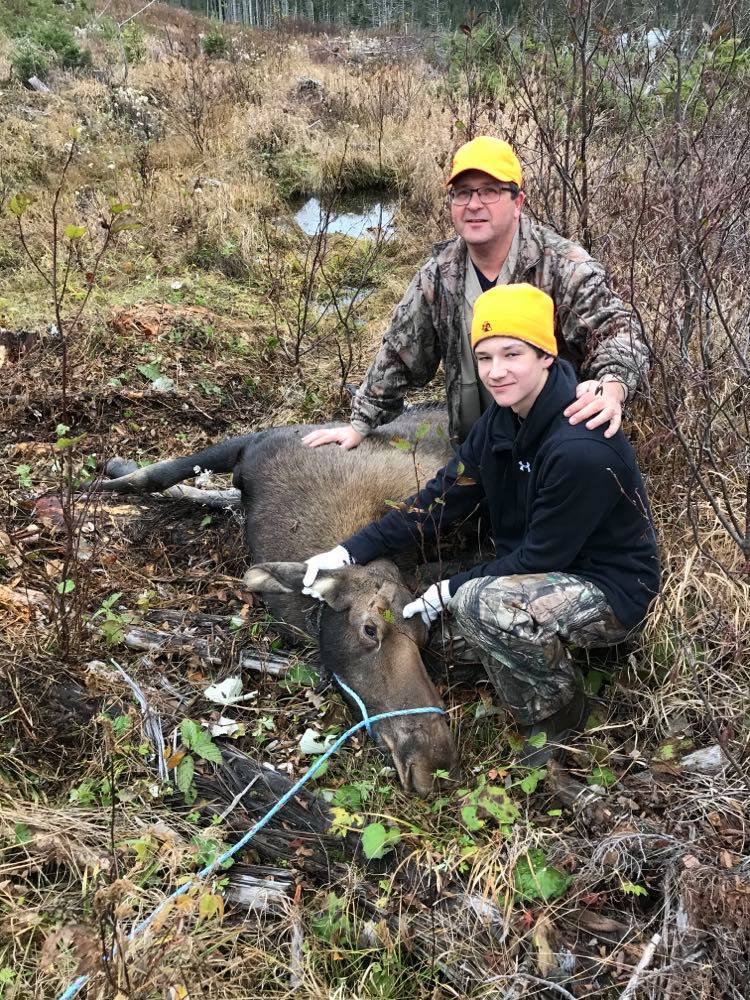The government of Newfoundland and Labrador announced the details about an increase in moose licenses, and some local hunters are upset.
Kyle Curtis
Kicker

Yesterday, the government of Newfoundland and Labrador announced the changes for the upcoming 2021-2022 big game hunting season.
This season there will be just over 28,300 licenses available, an increase in 369 since last season. These numbers include 18,165 either-sex licences and 10,159 male licences, with 475 delegated to non-profit groups.
In Labrador, there will be a total of 384 either-sex moose licenses, an increase of 15 compared to last year.
The number of caribou licences remains the same at 675.
East of Gander, moose quotas are being reduced due to the decreasing population of moose in the area.
In moose management areas (MMA) 5 (Trout River), 6 (Corner Brook), 7 (South Brook), 40 (Sheffield Lake) and 45 (Ten Mile Lake) moose quotas are increasing because of the stable or increasing moose population in the area.
This year licensed hunters are required to submit the lower jawbone of their harvested moose or caribou. This is a part of the government’s Big Game Jawbone Collection Program that allows them to accurately tell the health of the animal in the general area of where the animal was harvested.
Barry Fordham, co-founder and director of the Newfoundland Outdoor Heritage Coalition, says the government should be decreasing the number of licenses that they are giving out.
“We are taking words and comments from hunters with integrity, hunters who are well-known and have nothing to gain. We’d like to see the government take a precautionary approach and cut the number of licenses they are giving out because the majority of the moose management areas are unhealthy,” said Fordham.
Darren Reid, a hunter from Pasadena, agrees with Fordham.
“I don’t think they should be increasing them because the moose population is low now,” said Reid. “It’s obvious because most of the returns that were sent back last year, 60 per cent of people filled their licenses. So it’s obvious that the numbers aren’t there and they should be decreasing it.”
The Newfoundland Outdoor Heritage Coalition and the Newfoundland Sportsman Magazine have been lobbying the government for years, says Fordham, to bring back the jawbone analysis study. He says it is a crucial piece of information to determine how many licences the government should be giving out.
“It gives information to the wildlife department about the age, sex and overall health of the animal,” Fordham said. “From analyzing one animal in that area, you can generally tell the health of the heard.”
Reid has been moose hunting since he was a kid and doesn’t want to see a year where there are no licenses given out.
“If I get a moose, I divvy up the meat within my family; I may only keep a quarter of it. It’s the fun, the enjoyment of the hunt is why I moose hunt,” said Reid
Fordham says he wants to see the government increase the number of aerial surveys they do per year so that they can accurately document the population of a specific MMA. He says if the government had the population size of a specific MMA they could give out the proper amount of licenses so the MMA doesn’t get overhunted.
“We don’t have a secret agenda. Our agenda is to just preserve the hunt for our kids and grandkids,” said Fordham.
The government of Newfoundland and Labrador’s Wildlife Division didn’t comment as of deadline.




Be the first to comment